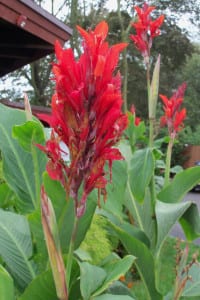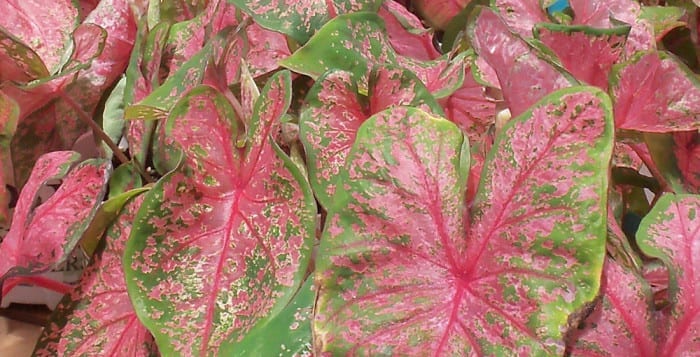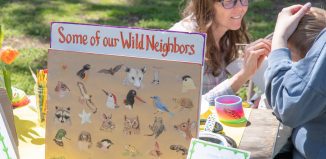Planting tender bulbs
By Ellen Barcel
As you plan your next garden, you might want to consider planting tender bulbs in the spring that will produce beautiful flowers in mid to late summer, a time when there are fewer flowers in bloom. Tender bulbs include gladiolas, calla lilies, caladium, dahlias and cannas.
Some are bulbs, some rhizomes, some tubers and some corms (see my columns of last Jan. 25 and Feb. 5 for details on the botanical differences). What the glads, dahlias etc. all have in common is that they are geophytes, that is, plants with underground storage units, and all need protection from Long Island’s cold winters. The easiest way to do this is to lift them from the garden in the fall, dry them and store them in an unheated shed or garage and then replant them in spring. You could also treat them as annuals, buying new each spring. That’s up to each gardener.
If you find that any of your summer flowering bulbs are affected by disease, such as a fungal disease, it’s best to discard the bulbs and start from scratch next year, unless you have a very special plant you wish to save (use a fungicide then). Do not put diseased plants in your compost pile as you are just saving the disease pathogens for next year.

Remember that the first year you plant any of the above, they should do extremely well, as they are producing leaves and flowers based on last year’s care, that is, the grower’s care. To make sure that the bulbs, rhizomes etc. do well in future years, you need to water them adequately and provide fertilizer the current growing season. Then next year your bulbs should continue to thrive as well. Mulching them during the summer will help to keep the soil from drying out during periods of little or no rain.
Calla lilies are not true lilies at all. The tender variety are sold in the spring as rhizomes or potted plants. They are natives of South Africa and come in a rainbow of colors. Canna lilies have a very unique shaped flower, which is almost modernist.
They do best in well-drained soil (ideal for Long Island’s sandy soil) and full sun. Store the rhizomes in peat moss over winter. Calla lilies can be grown as houseplants but do need a period of dormancy, so don’t panic if the leaves die down. Let them rest a few months and they should be ready to grow again.
Caladium consists of many hundreds of varieties, including elephant ears. There are many cultivars that have arrowhead-shaped leaves that are six to 18 inches long and filled with stunning colors (green, white, pink and red) and patterns. They are native to the Americas (Central and South America). The wild plants go dormant in the dry season but are only hardy in zone 10. Since they prefer partial shade, they bring color to the shade garden.
Cannas are tropical plants that grow from rhizomes. They are native to the southern part of the United States and through Central and into South America. They’re grown not only for their large showy leaves but also for their beautiful flowers
While the most common varieties of cannas have green or red leaves with bright red flowers, there are other flower colors as well, including pink (‘City of Portland’), yellow (‘King City Gold’ and ‘Yellow Futurity’), coral (‘Tropical Sunrise’) and orange (‘Orange Beauty’ and ‘Wyoming’) to name just a few.
Cannas do best in full sun and in a well-drained soil. Long Island’s sandy soil is just fine, but do remember to water them during periods of drought, like we had this past summer. You can try growing them from seeds, but some varieties are sterile. Canna rhizomes are sold in the spring or you can sometimes find potted plants. While some cannas can be quite large —up to five feet — there are dwarf varieties.
Ellen Barcel is a freelance writer and master gardener. Send your gardening questions to [email protected]. To reach Cornell Cooperative Extension and its Master Gardener program, call 631-727-7850.







